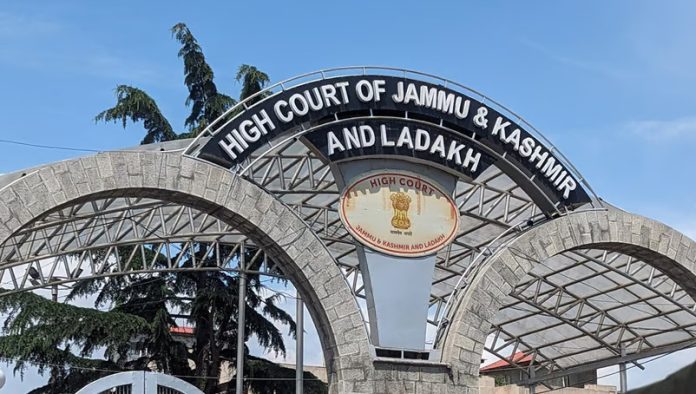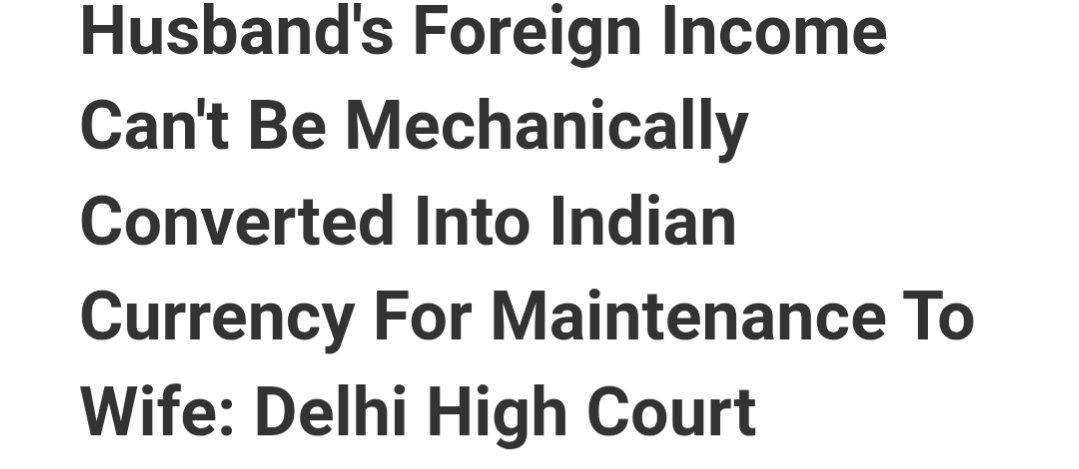K.D. Shahi, J.@mdashThe appeal has been filed by Jagannath Prasad against the judgment and order dated 23-10-1980 passed by Sri S.N. Singh, the then Additional Sessions Judge, Lalitpur in Sessions Trial No. 34 of 1978, by which the appellant has been convicted u/s 307, I.P.C. and sentenced to undergo R.I. for four years.
2. The brief facts of the case giving rise to this appeal are that Sri B.S. Bhagal, Deputy Chief Controller, railway station Jhansi lodged a report at 17.00 p.m. on 15-1-1978 with the allegations that on the said date at 13.10 p.m. one goods train came of Jhansi railway station, it stopped at Jhansi. Two constables got down from the said goods train and they started to quarrel with G.R. Agrawal, guard of the said goods train. On this quarrel the constables fired over the Guard and driver of the train but fire did not hit them but instead it hit Ratan Lal, Ram Bharose and one girl, namely, Reshu daughter of Babu Lal. Out of the two constables one constable was said to be Kashi Nath, he was arrested on the spot and was kept in lockout of the railway station and the other constable ran away.
3. This information was given by Sri B.S. Bhagal, Dy. Chief Controller on telephone to the police station. Another report was lodged by accused Jagannath Prasad himself with the allegations that he along with Kashi Nath was on duty. They were sitting at the engine of the train and all of sudden there was some filing and he saw there were some abrasions to a girl and since people started to cry that police people fired, he, went away to police station and after depositing the arms he lodged the F.I.R.
4. At the time of investigation, identification Parades were arranged against Jagannath Prasad who is said to have fired. The witnesses G.R. Agrawal the persons who had lodged the F.I.R., Ratan son of Asua, C.L. Bhargav the Station Master and Ahmed Khan son of Ashraf Khan, Dharmdas and M.K. Gauri did not identify. M.K. Gauri was said to be the driver of the said goods train, he also did not identify. The other witnesses Dharmdas, Yusuf Khan, Baijnath, and Pamadch and Singhvi also did not identify. These persons are said to have seen the appellant, who is said to have ran away from the railway station and was said to have been put up for identification.
5. Co-accused Kashi Nath is said to have been arrested on the spot, he was kept in lockup but subsequently he was made a witness in the case.
6. Charge u/s 307I.P.C. was made against the appellant Jangannath Prasad for having fired at G.R. Agrawal, guard of the train. G.R. Agrawal has also attended the identification Parade, he did not identify the appellant. The total evidence of identification is Nil against the appellant.
7. In the Court the prosecution examined B.S Bhagal (PW 1), Deputy Chief Controller. He was not an eye witness. He had only given a telephonic information to the police. He has, however, stated that only one constable out of two had fired, which he could not know till the lodging of the F.I.R.
8. G.R. Agrawal (PW 2) was the guard of the said goods train on whom the fire is said to have been made. He stated that both the constables had threatened him and when he was getting the entry of the train at the main door of the station, one constable who was later known as Kashi Nath came and loaded the gun. In the meantime, the second constable Jagannath Prasad fired at him. The fire hit at the weighing machine and its pilots hit the victims. Although according to this statement Kashi Nath is equally an accused but he has been made a witness in this case. Accused appellant Kashi Nath was arrested on the spot and appellant Jagannath Prasad could not be arrested. G.R. Agrawal has specifically stated that he had gone to stand the identification parade but he could not identify the appellant. He was not known to the appellant earlier, he did not say that he had ever seen the appellant after the occurrence till the date of identification. Subsequently he was informed that the name of the person, who fired is Jagannath Prasad that is no evidence in the eyes of law. His main evidence is that of the identification and the witnesses could not identify the appellant in the identification parade. He further admitted in the cross-examination that he had neither seen the person who has fired at him nor could see him firing or running. It was only on the information by Kashi Nath that he says that Jagannath Prasad had fired. This evidence is no evidence in the eyes of law. Not only this G.R. Agrawal was declared hostile by the prosecution and the prosecution also did not rely on his evidence.
9. M.K. Gauri (PW 3), is said to be the driver of the said goods train. He had also gone to identify the appellant but he could not identify. In evidence he said that he had neither seen firing nor running the appellant. He was also declared hostile by the prosecution.
10. Ratan (PW 4) who is said to be hit by the fire. He did not name the accused appellant. He was also declared hostile by the prosecution. Mahendra Kumar (PW 5), is a formal witness. Sushil Kumar (PW 6) was posted as constable Moharir at Mangarh police station. Radheshyam (PW 7), was also police constable, who had deposited the arms etc. Km. Anjana (PW 8) was also one of the victim. She had not seen the accused appellant earlier, she did not known him earlier. In the Court she did not name the accused, she only pointed out that this is the accused, who had fired over her and had given a currency note of rupees ten. To my mind, this statement is not admissible as evidence. She did not attend the identification parade, her identification in the Court is meaningless. Learned counsel for the appellant has placed a ruling reported in
Where a witness identifies an accused who is not known to him, in the Court for the first time, his evidence is absolutely valuables unless there has been previous T.I. parade to test his powers of observation. The idea of holding T.I. parade u/s 9 of the Evidence Act is to test the veracity of the witness on the question of his capability to identify an unknown person whom the witness may have seen only once. If no T.I. parade is held then it will be wholly unsafe to rely on his testimony regarding the identification of an accused for the time in Court.
The above view is also supported by ruling reported in
11. Ram Bharosey (PW 9) was similarly a victim and eye witness. He had also not seen the appellant earlier. He has stated that he was at the railway station. One police personnel threatened the guard of the train to kill. Ram Bharose kept his hands at appellant Jangannath and stated that he had fired at that occasion. However, he started to say that he knew the accused from before because he was posted at his police station but this fact had neither come during investigation nor in the statement of the witness u/s 161 Cr.P.C. and if it was so, the witness should have named the appellant by name. In the statement instead of pointing him by hands given in the cross-examination he stated that he did knew the accused by name. He identified only by face. In further cross-examination he stated that he did not name the accused because he did not know him earlier so, his statement was also not admissible.
12. Thus, only evidence, which remains admissible, against the appellant is the statement of Kashi Nath. He was a fellow accused. He was on duty and travelling with appellant Jagannath Prasad. In the F.I.R. he was also named rather he was arrested on the spot. It appears that he won over the people there and since Jagannath Prasad had fled away, he started telling that Jagannath Prasad had fired . Nobody had stated till now that he had seen firing Jagannath Prasad. Then if only Kashi Nath had fired, he will not tell that he had fired, he will shift the burden over Jagannath Prasad, therefore, his statement is that of a accomplish witness. He is in the nature of an approver and without definite corroboration. His statement cannot suffice to convict the appellant. He stated in the Court that these are the travellers who told that this was Jagannath Prasad, who fired. Learned counsel for the appellant placed a ruling reported in
Illustration (b) in express terms says that an accomplice is unworthy of credit unless he is corroborated in material particulars. The statute permits the conviction of an accused person on the basis of uncorroborated testimony of an accomplice but the rule of prudence embodied in illustration (b) of Section 114 strike a note of warning cautioning the Court that an accomplice does not generally deserve to be believed unless corroborated in material particulars. In other words, the rule is that the necessity of corroboration as a matter of prudence except when it is safe to dispense with such corroboration must be clearly present to the mind of the Judge.
A ruling reported in
An approver is a most unworthy friend, if at all, and he, having bargained for his immunity, must prove his worthiness for credibility in Court.
There is no corroborative evidence in this case except that on their surmises and conjectures, the witnesses say that Kashi Nath had become a witness, therefore, the remaining constable Jagannath Prasad must have fired.
13. The evidence against appellant Jagannath Prasad is short of proof. The charge could not be establish against him. The learned Sessions Judge convicted him on purely inadmissible evidence. The appeal is fit to be allowed and the conviction and sentence of the appellant is to be set aside. Accordingly, the appeal is allowed. The conviction and sentence of the appellant u/s 307 I.P.C. is hereby set aside. He is on bail. He need not surrender. His bail bonds are cancelled and the sureties are discharge.

